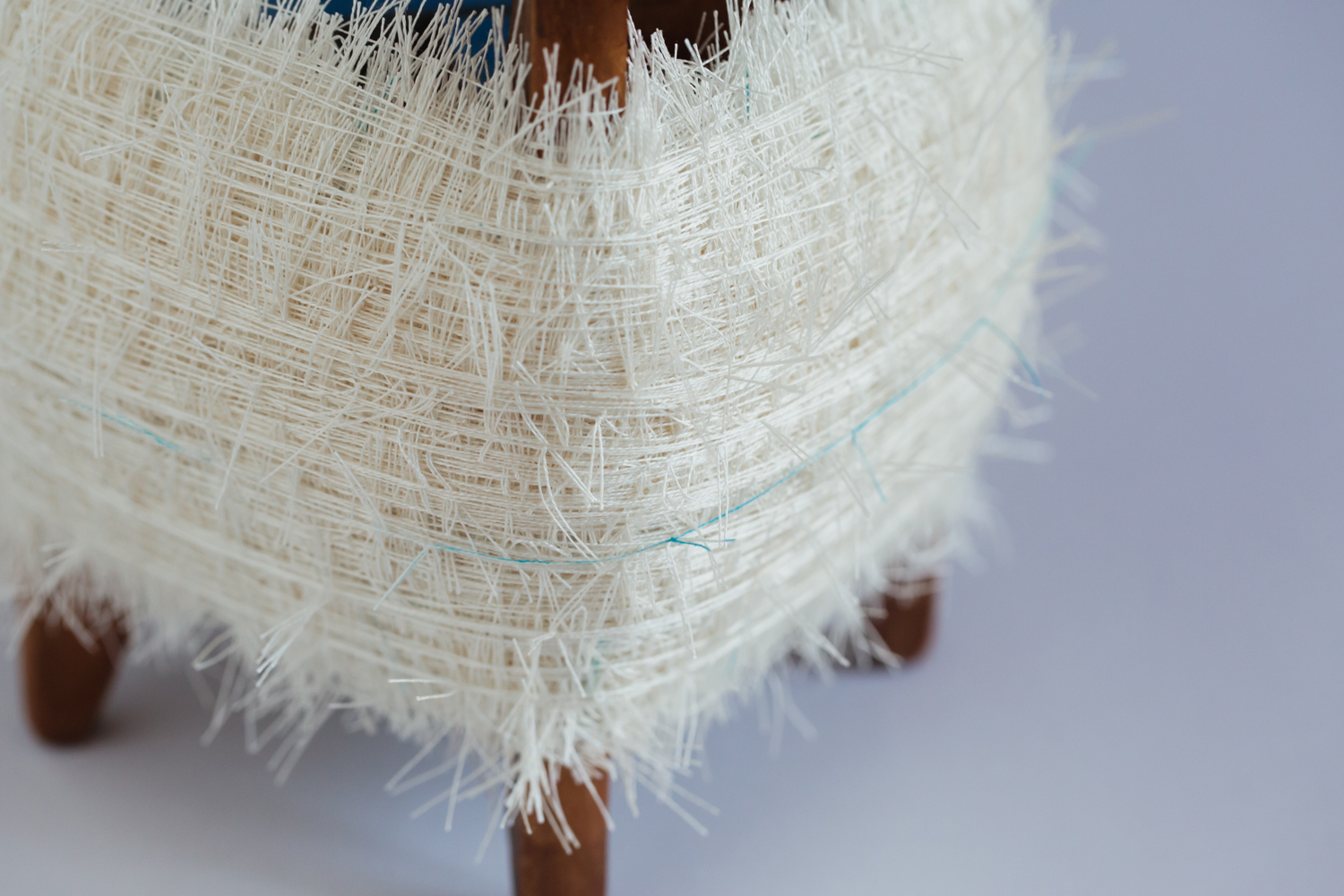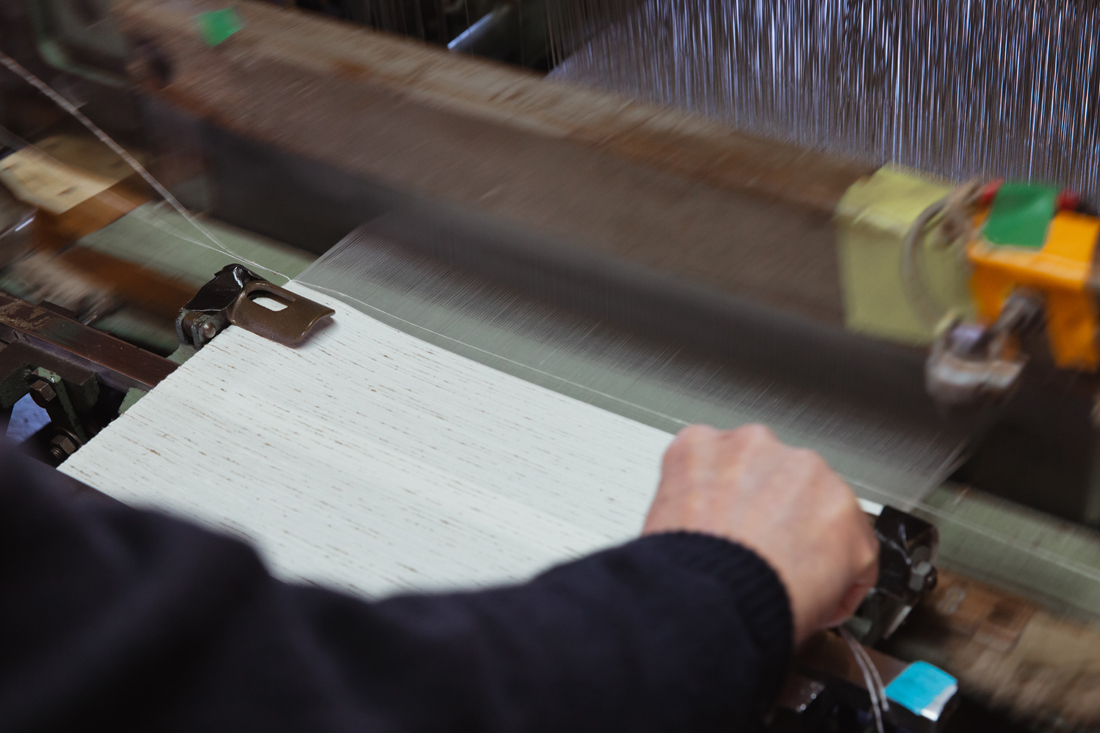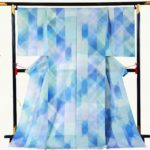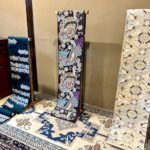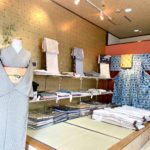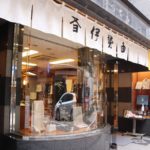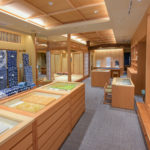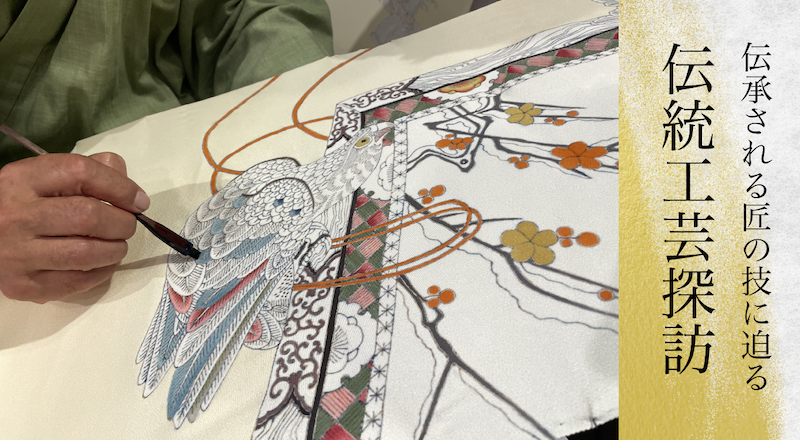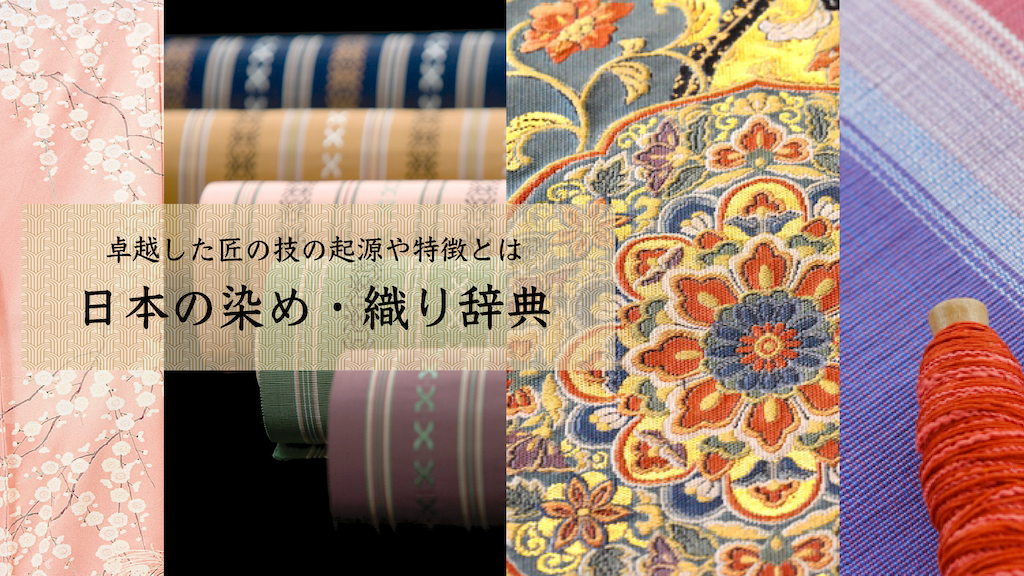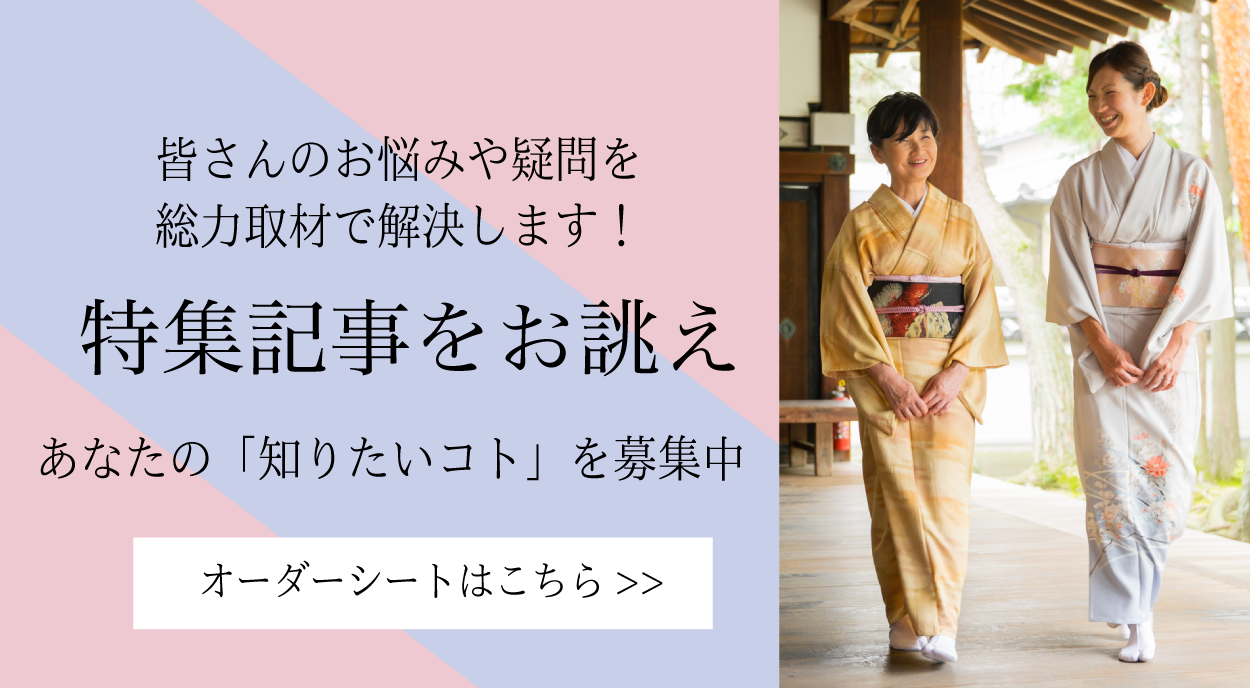網糸紬
Pronunciation: Amiito-tsumugi
Production area: Shiga Prefecture
Amiito-tsumugi is a recycled textile produced in Shiga Prefecture, woven on handlooms using weft yarns made from re-spun fishing nets (silk, hemp, or cotton) once used in Lake Biwa, as well as waterfowl down. During the mid-Edo period, sericulture thrived in Nagahama, and silk fishing nets were used in Lake Biwa. From the reuse of these worn nets, Amiito-tsumugi was born. The frayed edges of the cut nets appeared on the fabric’s surface, giving it the nickname Hige Tsumugi (Beard Tsumugi), with a distinctive texture admired even by Sen no Rikyu. Amiito-tsumugi comes in many variations, such as versions mixed with fern fiber (zenmai) or raw silk threads (tama-ito), offering a deep richness that has long appealed to kimono enthusiasts. Because the technique of drawing out the frayed fibers to the surface requires great skill, it has been designated a Traditional Craft of Shiga Prefecture.
